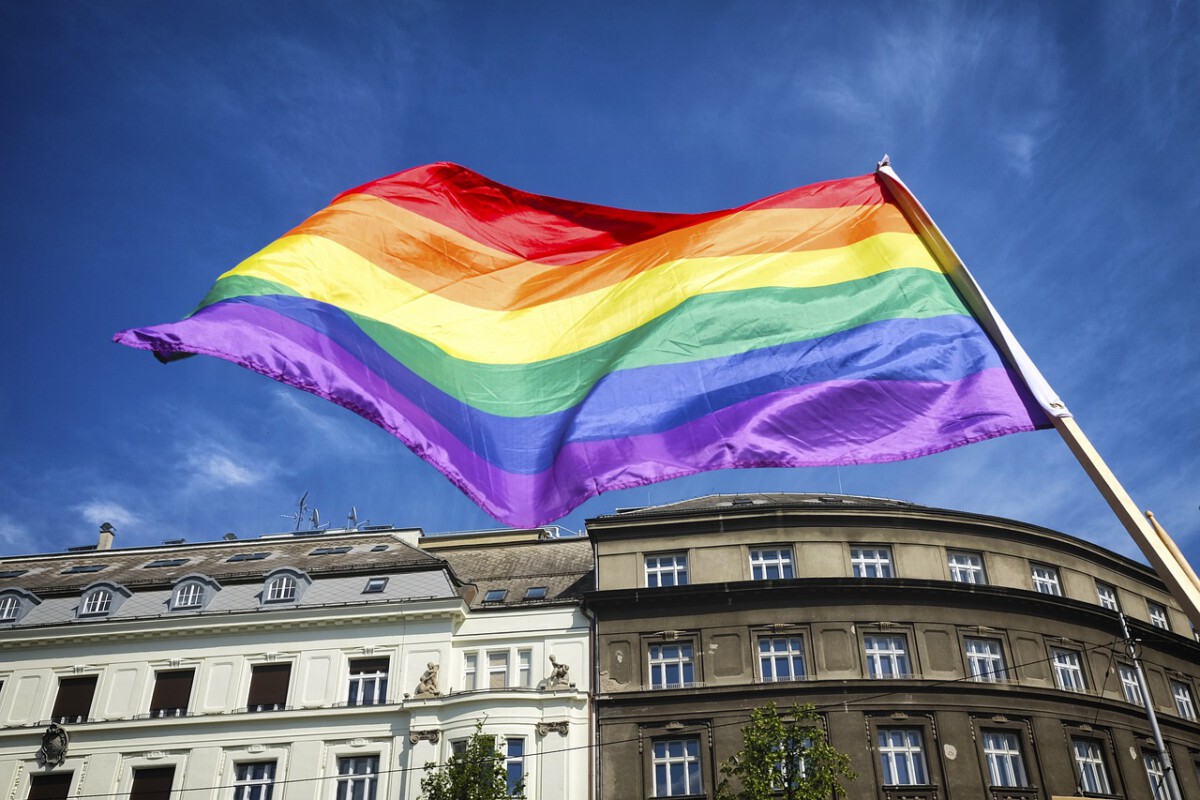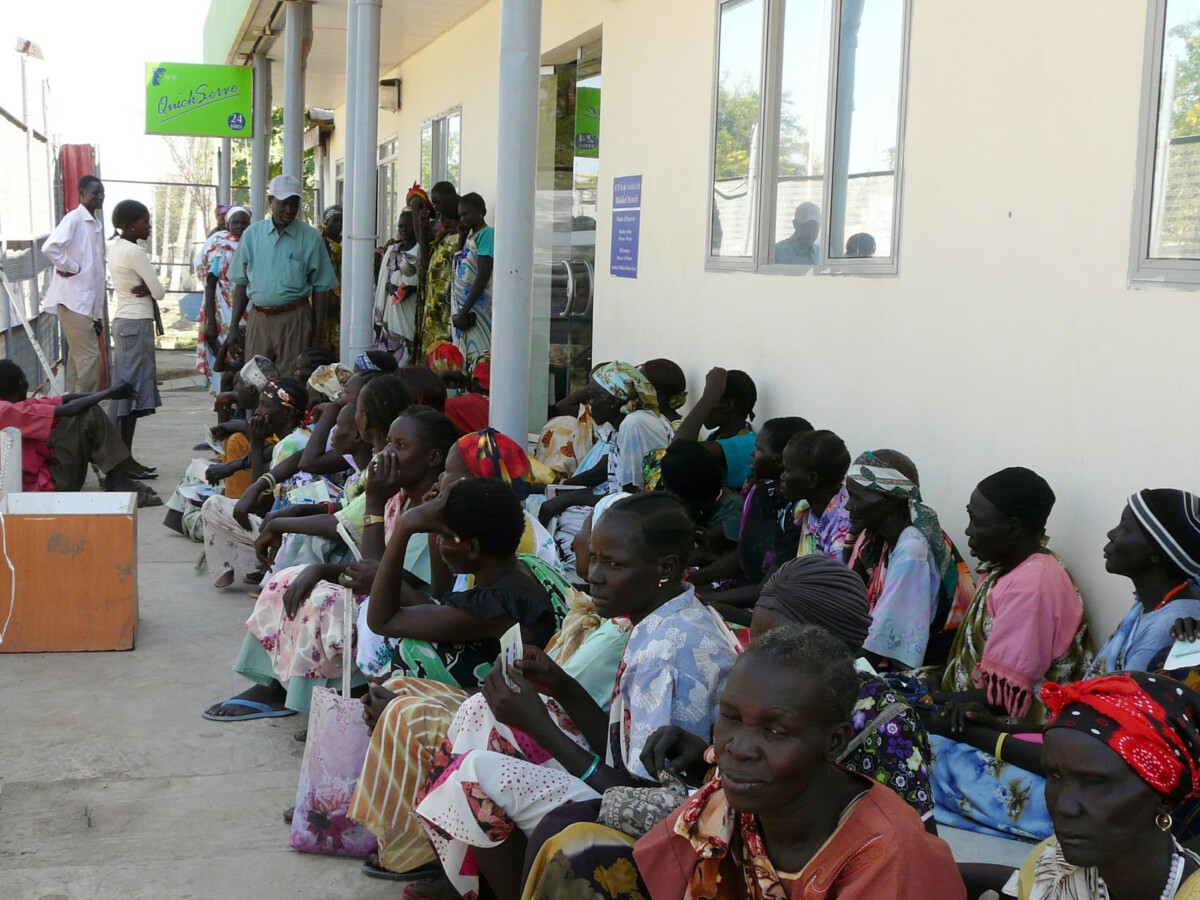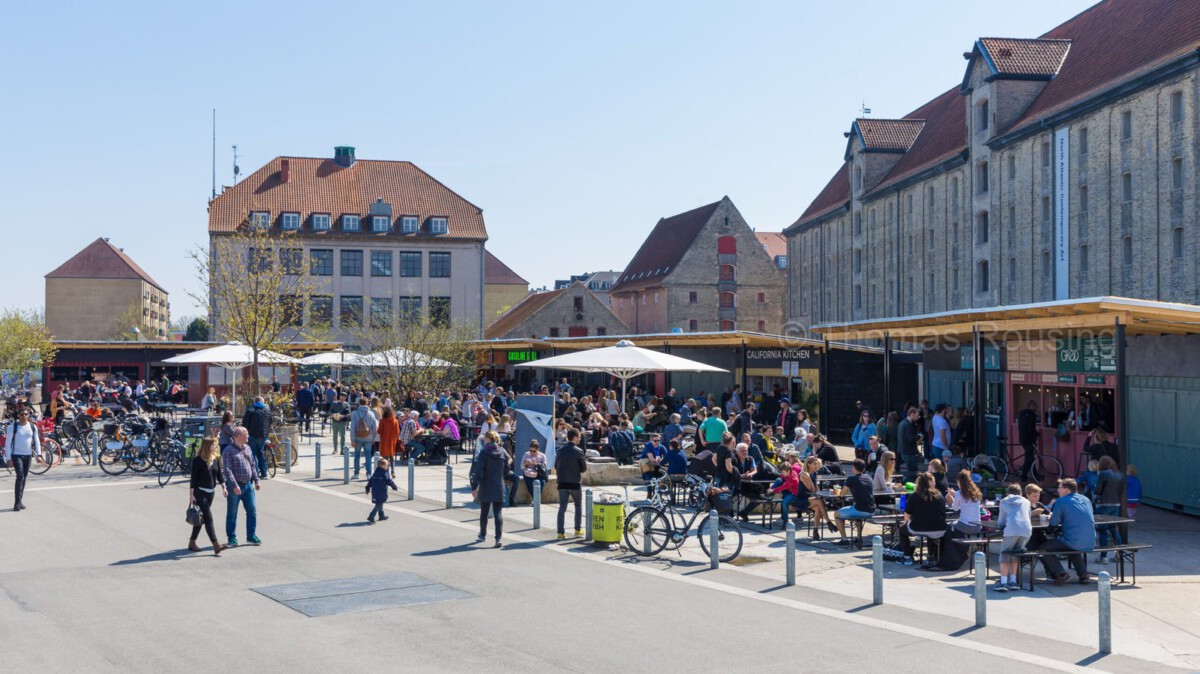Abortion Rights: The Most Contentious State-by-State Battle

In 2024, 14 states had total bans on abortion in effect, and Florida and Iowa implemented bans at six weeks’ gestation that drastically narrowed options for abortion access for both their own residents and (in the case of Florida) for residents across the region more broadly. This stark reality perfectly captures how deeply divided America has become on reproductive rights. We are seeing states divide into abortion deserts, where it is illegal to access care, and abortion havens, where care continues to be available. The emotional toll is devastating. One in five women of reproductive age in states with abortion bans say either they or someone they personally know has had difficulty obtaining an abortion. What makes this even more striking is that majorities of women across states—including in those with abortion bans—think abortion should be legal in all or most cases and support a range of policies that protect abortion access. The disconnect between what people want and what their state governments deliver couldn’t be clearer. Since 2022, when the U.S. Supreme Court eliminated the federal constitutional right to abortion, voters in 14 of 17 states have turned out in favor of abortion rights.
Gun Control Laws: A Patchwork of Contradictions

Gun laws in the United States vary from state to state, As of 2024, only three states fully prohibited open carry for all firearms. The differences are absolutely mind-blowing when you compare states side by side. California led the way in gun safety in the United States as of January 2024, with a composite score of 89.5 based on the presence of 50 key gun safety policies. Meanwhile, States such as Arizona, Alaska, and Wyoming are projected to retain relatively lenient gun laws in 2025. These states generally have fewer restrictions on purchasing firearms, including potentially less stringent background checks or no limitations on magazine capacity. It’s like living in two completely different countries. Gun laws across the US states are undergoing changes in 2025, with many states strengthening gun safety laws while others have expanded the rights of firearm owners, reflecting the polarization on the issue of gun control in the country. The data shows this divide has real consequences. We know by now that strong gun laws save lives. Every year we comb through the data, and every year it shows the same thing—fewer people die from gun violence in states that care enough to pass gun safety laws.
Immigration Border Enforcement: States Taking Matters Into Their Own Hands

Nothing illustrates America’s political divisions quite like immigration policy, where some states are literally building walls while others are providing sanctuary. Five states have particularly aggressive and comprehensive anti-sanctuary laws that force local agencies to be significantly involved in deporting their constituents: Florida, Georgia, Iowa, Texas and West Virginia. Texas has gone the furthest, spending an astronomical amount of taxpayer money. By deploying thousands of Texas National Guard soldiers and Department of Public Safety troopers, building border barriers, and adding more miles of border wall, Texas has decreased illegal border crossings by 87% and created the national blueprint for border security. Meanwhile, on the opposite side, some states are actively protecting immigrants. Since 2022, 18 states and Washington, D.C., have enacted some form of interstate shield law. The contrast couldn’t be sharper—one group of states is spending billions to keep people out, while another group is passing laws to protect them. Since the launch of Operation Lone Star, the multi-agency effort has led to over 525,800 illegal immigrant apprehensions and more than 48,500 criminal arrests, with more than 41,800 felony charges. In the fight against the fentanyl crisis, Texas law enforcement has seized over 552 million lethal doses of fentanyl—enough to kill every man, woman, and child in the United States and Mexico combined during this border mission.
Climate Change Action: Two Competing Energy Visions

When it comes to climate change, American states are literally racing in opposite directions. Back in 2018, California set its sights on generating 100% of its electricity from clean sources by passing SB 100, requiring the state to reach this milestone by 2045. The Golden State is pouring money into this vision, with Governor Newsom and the Legislature have committed over $50 billion in state funds over several years to address climate change and transition away from fossil fuels, with billions more being considered for a climate bond in 2024. But here’s where it gets fascinating—Texas, often seen as an oil state, is actually becoming a clean energy powerhouse for completely different reasons. Developers are expected to complete 6.4 gigawatts of new grid battery capacity in Texas this year, according to the federal Energy Information Administration. That’s more than double the 5.6 gigawatts of battery capacity it ended 2023 with. It’s yet more evidence that Texas has become a leader in building clean power plants, not due to enthusiastic climate policy, but because the technologies compete so well in the state’s energy marketplace. The irony is that both states are building renewable energy, but for totally different reasons—California for environmental goals, Texas for economic ones.
Healthcare Universal Access: The Great Insurance Divide

One of the most pronounced disparities was in regards to government responsibility for ensuring universal healthcare access, with less than one-third of Republicans in favor compared to 85 percent of Democrats. This partisan split translates directly into state-level policies that create dramatically different healthcare experiences for Americans depending on where they live. Some states have expanded Medicaid under the Affordable Care Act, providing healthcare access to millions of low-income residents, while others have refused to do so for over a decade. The human impact is staggering—people in non-expansion states often face impossible choices between medical care and financial ruin. States that embrace universal healthcare principles have generally seen better health outcomes and reduced medical bankruptcies. Meanwhile, states that resist these policies argue about fiscal responsibility and federal overreach. What’s particularly heartbreaking is that this isn’t really about healthcare policy anymore—it’s become a symbol of broader political identity. The result is a country where your zip code determines whether you can afford to stay healthy.
LGBTQ+ Rights and Gender-Affirming Care: A Cultural Battleground

Four states (NH, OH, SC and WY) enacted bans on gender-affirming care in 2024, for a total of 26 states that have enacted bans on gender-affirming care for trans youth. Two of those bans are currently blocked and not in effect, while New Hampshire’s ban will go into effect in 2025. This represents one of the fastest-moving areas of state policy divergence, with some states racing to pass protective laws while others implement restrictions. The speed of these changes has left families in crisis, with many relocating to states where their children can receive medical care. In addition to bans on care, two states (Idaho and South Carolina) also banned public funds from being used for gender-affirming care. South Carolina’s legislation also bans Medicaid coverage for gender-affirming care for people younger than 18. Meanwhile, other states are moving in the opposite direction, strengthening protections and ensuring access to care. This issue has become so divisive that families are literally uprooting their lives to move to states where their transgender children can receive basic medical care. The psychological toll on these families, especially the young people caught in the middle, is immeasurable.
Education Book Bans and Curriculum Battles: Fighting Over What Kids Learn

What causes a long-time friendly rural community around Saegertown, in Western Pennsylvania, to break up into bitter factions over banning books in school libraries and dictating what teachers can discuss about the history of race in America? This question captures the essence of how education has become a lightning rod for political division across America. School board meetings that once focused on budgets and building maintenance now feature heated debates about book challenges, with parents demanding removal of titles they consider inappropriate while others fight to preserve intellectual freedom. Some states have passed laws restricting discussions of race and sexuality in classrooms, while others have strengthened protections for inclusive education. The result is a patchwork of educational standards that varies dramatically from state to state. Teachers report feeling caught in the middle, unsure about what they can safely teach without political backlash. Students are perhaps the biggest casualties, as educational quality becomes secondary to political point-scoring. What’s most troubling is how these battles are tearing apart communities that have coexisted peacefully for generations, turning neighbors into adversaries over what should be taught in schools.
Voting Rights and Election Laws: Democracy’s Fundamental Split

“The relationship between voting rights and reproductive rights is now clearer than ever: states with abortion bans are the same states that have limited voting rights and gerrymandered election districts to favor one-party control,” said Elisabeth Smith, the Center’s Director of State Policy and Advocacy. This observation reveals a disturbing pattern where voting access has become deeply partisan. Some states have expanded voting access through early voting, mail-in ballots, and automatic registration, making it easier for citizens to participate in democracy. Others have implemented stricter voter ID requirements, limited mail-in voting, and purged voter rolls, claiming these measures prevent fraud. The practical effect is that voting feels completely different depending on which state you live in. In some places, you can register and vote on the same day with minimal documentation. In others, you need to plan weeks ahead and jump through multiple bureaucratic hoops. Election officials in different states operate under completely different philosophies about whether the priority should be expanding access or ensuring security. The most alarming aspect is how these changes often correlate with other partisan policies, suggesting that voting rights are being used as tools to maintain political power rather than protect democratic principles.
Economic Inequality and Minimum Wage: The Living Standards Gap

The economic reality for American workers varies dramatically depending on which state employs them, creating a nation where identical jobs pay vastly different wages. Some states have enacted minimum wages of $15 per hour or higher, while the federal minimum wage remains stuck at $7.25, which many states still use. This means a fast-food worker in Seattle earns more than twice what their counterpart in Mississippi makes for the same work. A survey conducted in October 2024 found that the most important issue for 24 percent of Americans was inflation and prices. A further 11 percent of respondents were most concerned about jobs and the economy. The cost of living differences somewhat explain these wage gaps, but they don’t account for the growing wealth disparity between states. Progressive states often couple higher minimum wages with stronger worker protections, paid sick leave, and family medical leave policies. Conservative states typically argue that lower wages attract businesses and create more jobs overall. The human impact is profound—families doing identical work can have completely different standards of living based solely on geography. This economic divide reinforces political divisions, as people in different states literally experience different versions of American capitalism.
Environmental Protection vs Energy Development: The Resource Extraction Divide

Furthermore, environmental protection emerged as another polarizing topic, with just 26 percent of Republicans prioritizing it over energy development, in contrast to the 81 percent of Democrats who regarded it as a top priority. This philosophical divide plays out dramatically at the state level, where some states are banning fracking and offshore drilling while others are actively encouraging fossil fuel development. States rich in oil, gas, and coal often view environmental regulations as threats to their economic foundation and way of life. Meanwhile, states with fewer fossil fuel resources tend to prioritize renewable energy and environmental protection. More natural gas is consumed in California than in any other state except Texas. Yet California is aggressively trying to reduce that consumption while Texas continues to embrace fossil fuel production. The irony is that climate change affects all states regardless of their policies, but the political response varies wildly. Coastal states dealing with rising sea levels often take climate change more seriously than inland states focused on agriculture or mining. This creates a situation where states are essentially pursuing contradictory national strategies, with some trying to reduce emissions while others maximize fossil fuel extraction.
Mental Health and Addiction Services: The Treatment Access Crisis

The way states approach mental health and addiction services reveals another fundamental divide in American priorities and values. Some states have invested heavily in mental health infrastructure, expanding access to therapy, medication-assisted treatment for addiction, and crisis intervention services. Others have maintained minimal safety nets, leaving families to navigate mental health crises largely on their own. Today, 65 percent of Americans say they always or often feel exhausted thinking about politics, and 55 percent feel angry. This widespread emotional distress underscores the need for mental health services, yet access varies dramatically by state. Progressive states often treat addiction as a public health issue, emphasizing treatment over punishment. Conservative states more frequently use criminal justice approaches, incarcerating people with substance abuse disorders rather than treating them. The opioid crisis has forced some convergence in approaches, but significant differences remain. States with better-funded mental health systems generally see lower suicide rates, reduced homelessness, and fewer emergency room visits for psychiatric crises. The tragedy is that mental illness and addiction don’t respect state borders, but treatment quality does. Families often face the impossible choice between staying near support networks in states with poor services or relocating to access better care.
The divisions tearing apart American states reflect deeper questions about what kind of country we want to be. What’s unique about this moment – and particularly acute in America – is that these divisions have collapsed onto a singular axis where we find no toehold for common cause or collective national identity. When you can predict a state’s position on abortion, guns, immigration, climate change, and voting rights just by knowing their stance on one issue, we’ve moved beyond policy disagreements into something more fundamental. What will it take to find that common ground again?







